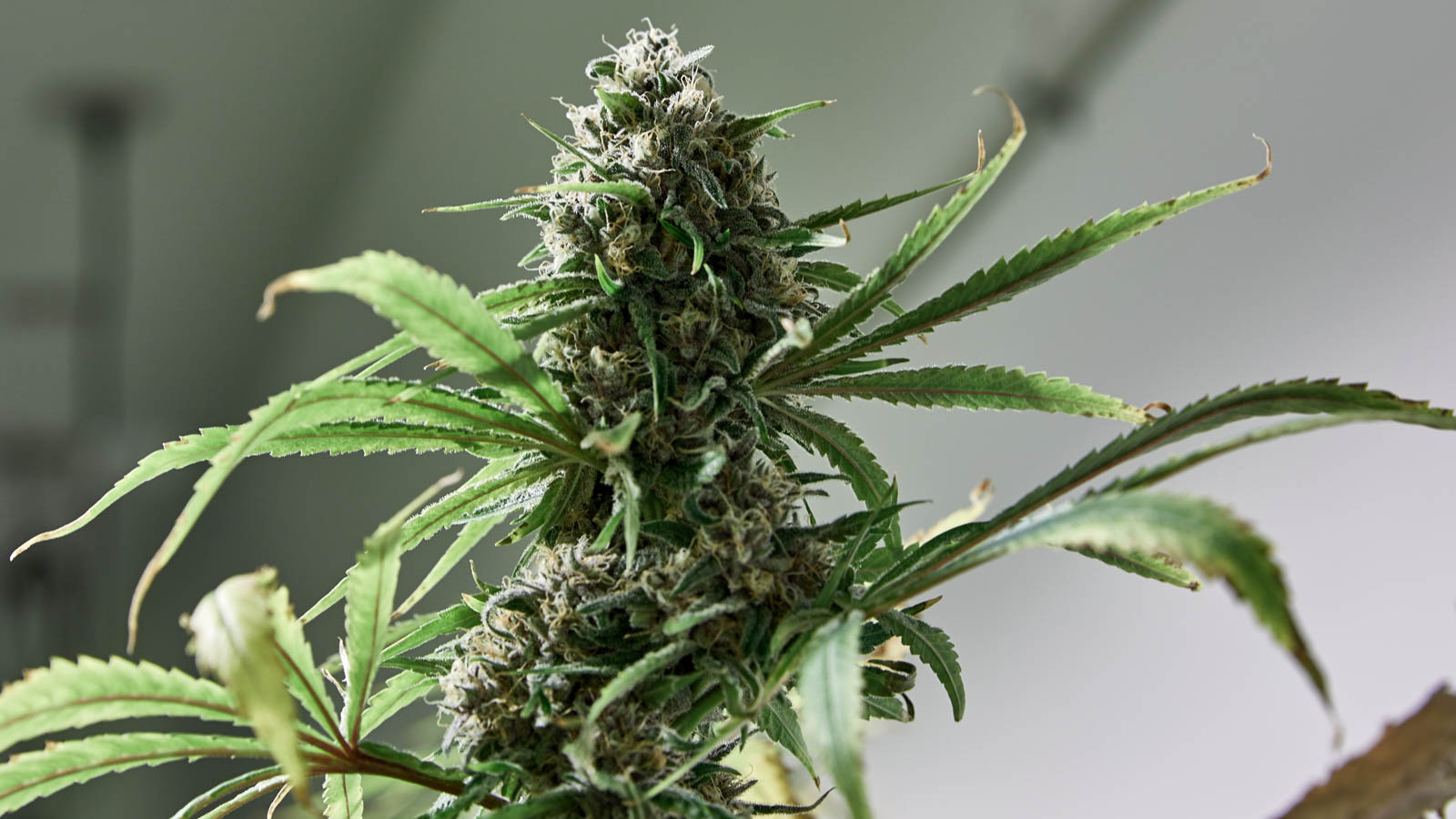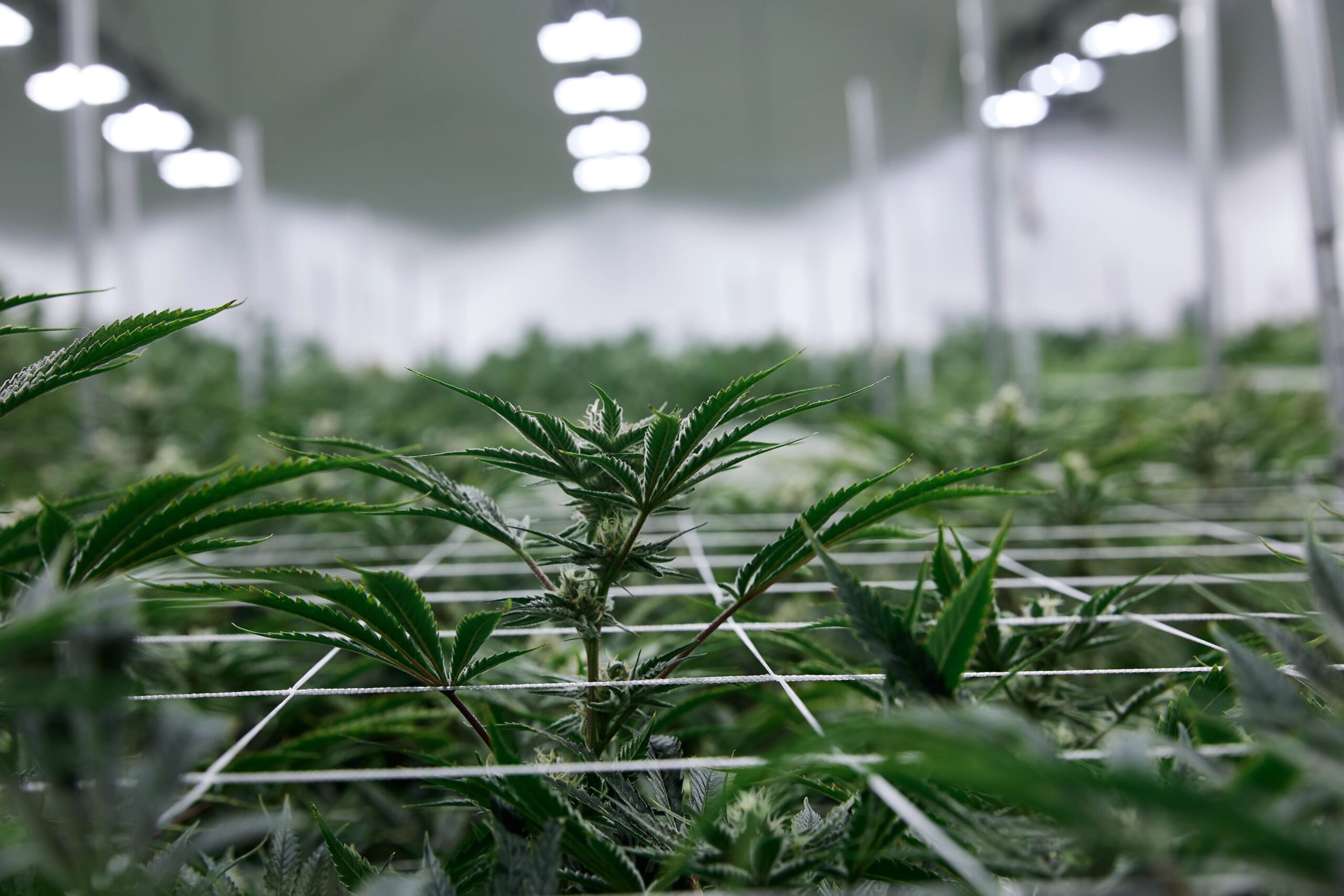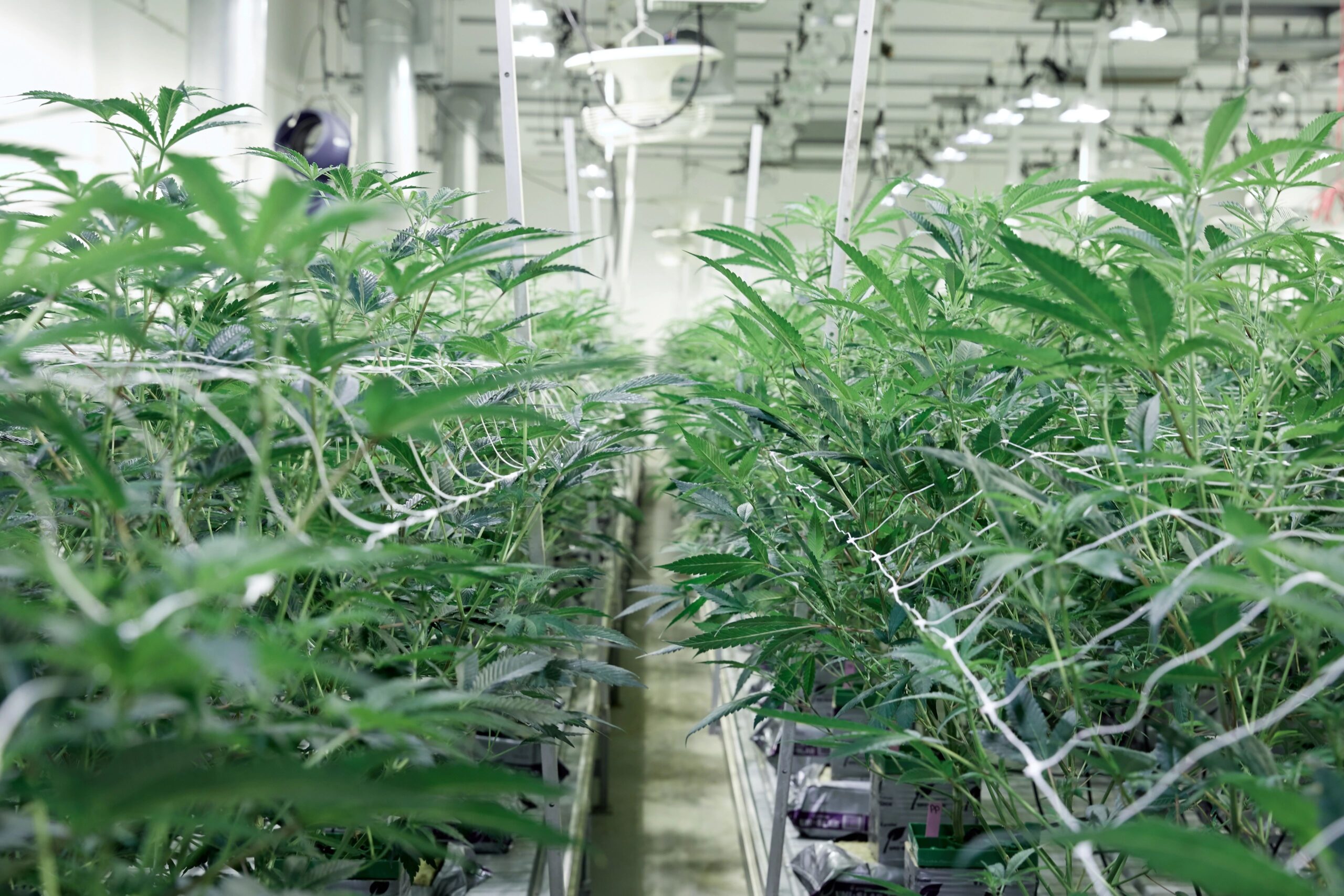Over many decades of prohibition, cultivators have worked hard to refine and innovate how they breed, grow, and produce weed by creating and supplying some of our most beloved strains of all time. Often, the work done in improving cannabis cultivation was carried out without the advantages of current agricultural and horticultural innovations, and certainly without the benefit of quality scientific study.
One of those practices is introducing a period of prolonged and complete darkness before harvest in order to improve the final quality of bud. What does this pre-harvest technique involve, how might it improve flower quality, and does it work?
Below, find out why and how cannabis cultivators use darkness before harvest to impact weed quality.
Why introduce darkness before harvesting cannabis?
Light and dark are two environmental variables that are of utmost concern to cannabis cultivators since cannabis plants need plenty of light to thrive. Darkness is equally important, and the shifting balance between the two is what guides photoperiod plants through their lifecycles.
While plants need more darkness as they enter into the flowering phase, some indoor cultivators will deliberately expose their plants to complete darkness over a short period right before harvest. These dark periods often extend from 24 - 72 hours.
The thought is that by leaving the plants in complete darkness, it will create a stress response that encourages increased resin content — the sticky substance that contains cannabinoids and terpenes — essentially giving your plants a final boost right before harvest.
Since most growers and consumers prize cannabinoid and terpene content, if effective, this technique would improve the final quality of flower.
Does light deprivation impact weed quality?

Image lightbox

“The jury is still out on this one," said Tim Nolan, Chief Operating Officer at Copperstate Farms. Like other commonly used techniques such as flushing, light deprivation is a pre-harvest technique that does not have specific scientific study supporting its use, but cultivators who use it report improvements in the potency of their final flower product.
“There is a large group of growers that believe a dark period prior to harvest enhances the overall quality of the flower," said Nolan. “It may be true in their specific growing environments with the cultivars they are growing, even if it has not been substantiated in a lab test yet."
This particular technique likely extends from the belief that exposing the plant to controlled forms of stress — which may also include a variety of training techniques — will encourage the plants to pump up resin production, thereby increasing potency.
There is mixed evidence as to the impact of stress on cannabis plants. One 2019 study suggested that controlled drought stress could improve the cannabinoid content of final flower, where plants that were exposed to controlled drought during the flowering phase produced higher levels than those that were watered regularly.
Recent studies looking at hemp plants provided mixed results, where one 2021 study showed that common field stressors like flooding, ethephon (a growth hormone), powdery mildew, herbicide, and physical wounding had minimal impacts on the final cannabinoid yield. A 2022 study looked at stressors such as mechanical damage, insect herbivory, extreme heat, and drought stress, finding they had varying impacts on cannabinoid levels during the early stage of flowering.
The above studies investigated medical cannabis and hemp plants, respectively, but there could be even more variance as to the effectiveness of this technique amongst different cultivars. “If it does have an impact, it may not be universally true across all cultivars," said Nolan.
As of yet, there have been no controlled studies looking at the impact of an extended period of darkness before harvest on the final cannabinoid and terpene content of cannabis flower.
How to experiment with light deprivation before harvest
In the absence of direct peer-reviewed scientific evidence, you can always experiment with light deprivation for yourself. “If you are growing at home, experimentation is part of the fun," said Nolan.
Testing through time
First, you may want to test different periods of darkness, with the most commonly used durations being one, two, or three days before harvest.
“I would recommend starting slow and gradually increasing the dark time if you want to try out this method," said Nolan. Compare the light deprived samples with samples taken from plants that did not go through a pre-harvest darkness period.
For an accurate assessment, have the samples analyzed by a lab that specializes in cannabis testing. These labs will be able to give you a detailed breakdown on the cannabinoid and terpene levels of each sample.
Testing through measurement
A low-tech and low-cost approach could include measuring and photographing your flower before and after the dark period, and also comparing it to a control that has not been light deprived. While a more crude and inaccurate way of measuring, it will allow you to pick on any readily observable differences.
Precautions
It's important to note that periods of darkness come with a level of risk. Cannabis plants need low levels of humidity during flower to protect from powdery mildew, botrytis or other molds.
“Controlling humidity can be challenging during dark periods late in flower," explained Nolan. Darkness often leads to temperature drops, which in turn leads to an increase in relative humidity. Plants continue to transpire, and, in enclosed grow spaces, humidity can quickly rise into suboptimal ranges, inviting mold and other fungal infestations that could ruin your bud.
Be sure plants are dry before switching off the lights and use environmental controls, such as a dehumidifier, to adjust levels as needed.
FAQ
What is light deprivation in cannabis cultivation?
Light deprivation is a pre-harvest technique where cannabis plants are left in complete darkness for a prolonged period leading up to harvest. Proponents of the technique report increases in the cannabinoid and terpene content of the buds, and it can be done in a variety of ways. The term “light depping" is often used to refer to a technique used by outdoor and greenhouse growers who want to deprive their plants of sunlight to trigger the flowering phase.
How long should you use light deprivation before harvesting cannabis?
There are varying opinions on what the optimal darkness period for cannabis is, but most use a period of one to three days.
Can you use light deprivation with any strain of cannabis?
Without scientific study of the effect light deprivation has on cannabis in general, it's hard to say whether this technique would be effective for all cultivars.
Genetics can dictate big differences in the light needs of plants, which likely means different strains would respond in different ways to light deprivation. “I don't believe this technique can be used for all cultivars because each has slightly different requirements when it comes to lighting," said Nolan.
Are there any risks associated with light deprivation?
Timing is important with this technique, since the plant will stop adding bulk to flower in the absence of light. Darkness should be introduced only when your flowers have stopped bulking to avoid a drop in yield.
Another risk is controlling humidity in a dark environment, since some pests and diseases, such as powdery mildew or botrytis mentioned above, thrive in dark, cool, and moist conditions. Be sure to monitor and adjust humidity as needed during a dark period.
Bottom line
Giving cannabis plants an extended and intentional period of darkness before harvest is a technique that many cultivators believe increases the cannabinoid and terpene content of their harvested flower. While there is no scientific evidence to support its use, it remains a commonly used technique, especially among home growers.
You can experiment with its effectiveness for yourself, but keep in mind that humidity should be monitored and adjusted as needed while the plants are in the dark period.





